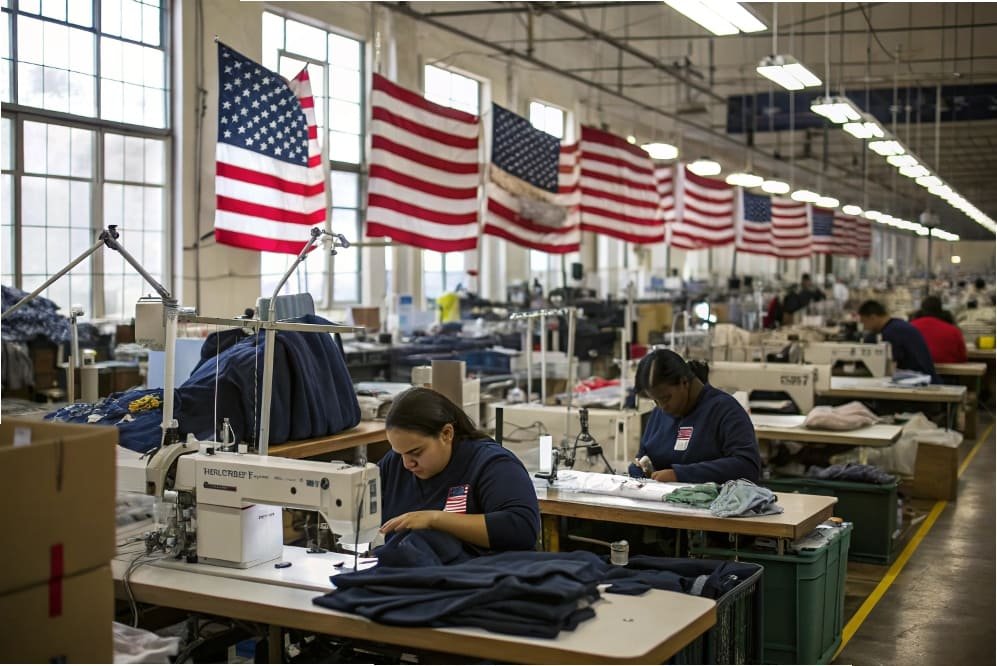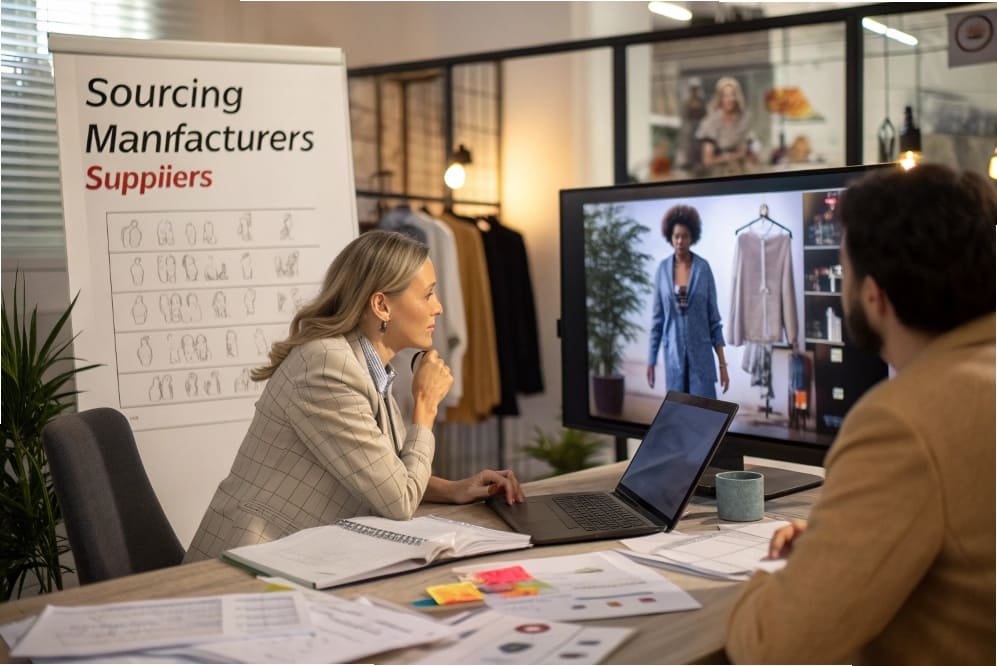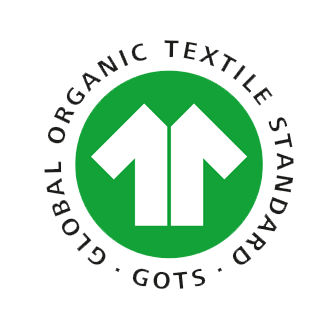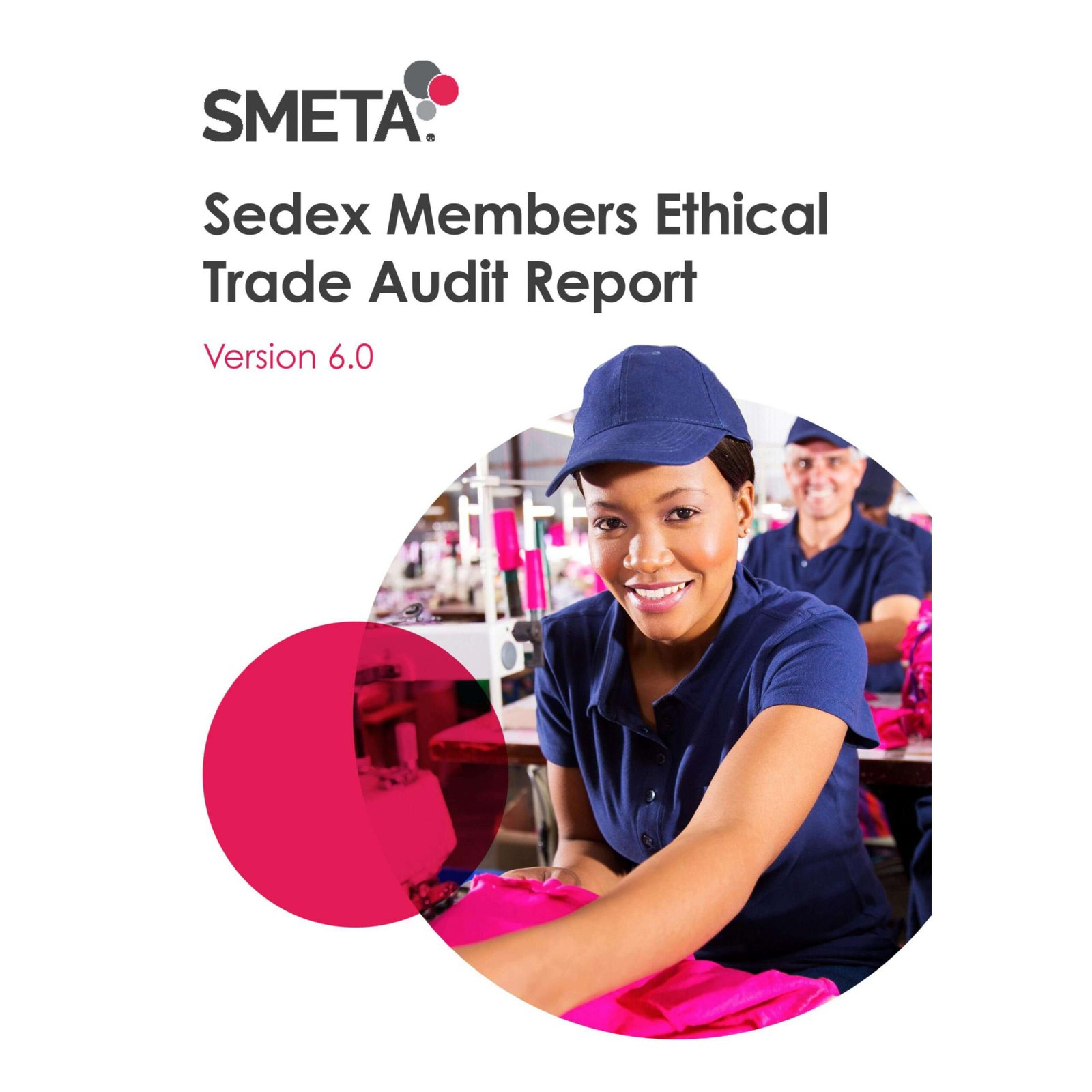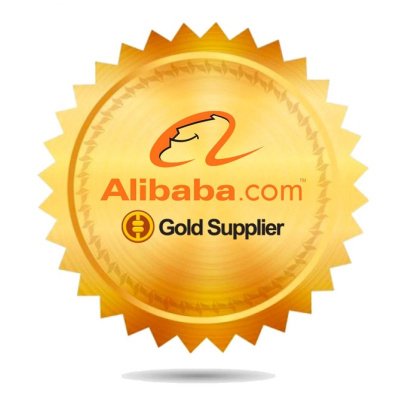When sourcing apparel from China, understanding international shipping terms isn’t just useful—it’s essential. One of the most common terms you'll encounter is FOB (Free on Board), used in over 70% of China’s export transactions. As a leading apparel manufacturer, we at Xzapparel guide global clients through FOB logistics every season.
This article is your complete guide to FOB shipping—from what it really means to how it works in fashion production.
What Does FOB Mean in Apparel Shipping?
FOB stands for "Free on Board." Under this term, your Chinese supplier is responsible for all costs and risks until the goods are loaded onto the vessel at a designated port in China. Once on board, the responsibility transfers to you, the buyer.
FOB in Practice: A Garment Shipment Example
Let’s say you’re ordering 20,000 pieces of custom clothing from our factory in Dongguan, destined for New York. As your supplier under FOB Guangzhou:
- We pack and transport the goods from our factory to Guangzhou Port.
- We handle the export customs process and cover any related costs.
- We ensure your cargo is loaded safely onto the designated vessel.
From that point forward, your freight forwarder takes over responsibility for the shipment.

Who Handles What? FOB Responsibilities
Here’s a clear breakdown of the division of responsibilities under FOB terms:
Supplier:
- Manufacturing and quality control
- Packaging and labeling
- Trucking from factory to port
- Export clearance and documentation
- Port handling and loading onto vessel
Buyer:
- Booking ocean freight from the port of loading
- Insurance coverage during sea transport
- Import clearance at the destination port
- Payment of duties, taxes, and inland transportation

Why Experienced Fashion Buyers Prefer FOB
Many of our long-term clients prefer FOB for the transparency and flexibility it offers:
- Logistics Control: You choose your freight partner, shipping schedule, and insurance coverage.
- Cost Breakdown: Because FOB pricing includes only domestic costs in China, it allows accurate price comparisons between suppliers in different cities or regions.
- Streamlined Communication: Once goods are onboard, you and your forwarder manage timelines, updates, and delivery—all on your own terms.
Understanding the FOB Price Structure
FOB pricing includes:
FOB Price = Product cost + Transport to port + Export clearance fees
Real-World Example:
- Garment cost: $10 per unit
- Transport + export fees: $1300
- Quantity: 20,000 units
Total FOB price = ($10 × 20,000) + $1300 = $201,300
This cost can either be quoted as a unit price with fees built-in or as a base price plus a one-time FOB fee. Either way, once your goods are loaded at the port, your cost responsibilities begin.
What About FCL and LCL?
Whether your shipment is FCL (Full Container Load) or LCL (Less than Container Load) affects FOB fees:
- FCL: Export declaration is typically handled by us, your supplier.
- LCL: Your freight forwarder may manage documentation, and charge back fees to us. These fees are often unpredictable, so we build in a buffer to keep things smooth.
What If Goods Are Damaged?
Under FOB, we are responsible for your cargo until it's on board at the port.
- If damage occurs before loading, we cover it.
- If damage happens during shipping, it falls under your insurance. We can assist you in communicating with your forwarder for claims.
However, if damage is proven to result from poor packaging on our side, we will take full responsibility—even after loading.
Specifying the Right Port in FOB Agreements
Always make sure to confirm the port of loading with us when placing your order.
- FOB Guangzhou means we load from Guangzhou Port.
- FOB Shenzhen means we use Shenzhen Port.
China has over 20 major export ports. Clear documentation helps prevent confusion, delays, or surprise fees due to incorrect port coordination.
FOB vs Other Shipping Terms
Let’s clarify how FOB compares with other shipping methods:
FOB vs CIF (Cost, Insurance, Freight)
Under CIF, we would arrange and pay for shipping to your port and purchase insurance. You're only responsible for customs clearance and final delivery. This is ideal for new buyers or those without established freight partners.
FOB vs DDP (Delivered Duty Paid)
DDP is an all-in-one solution. We handle every stage—factory to your final warehouse. This includes customs, duties, and last-mile delivery. DDP is popular among e-commerce sellers, especially those shipping to Amazon FBA warehouses.
When Should You Use FOB?
FOB is best for:
- Buyers with experience in international logistics
- Brands with trusted freight forwarders
- Those seeking pricing clarity and logistics control
Avoid FOB if:
- You’re new to importing
- You lack a reliable freight partner
- You prefer full delivery support from your supplier

Conclusion
FOB is more than a shipping term—it’s a collaborative framework that allows us to manage quality and export processes while giving you control over downstream logistics.
At Xzapparel, we’ve helped 200+ brands successfully navigate FOB shipping from China. Our team handles everything from production to port coordination, making sure your goods are safe, compliant, and ready to sail.
If you're considering FOB for your next order or need help evaluating which shipping term suits your business, our team is here to guide you every step of the way.


